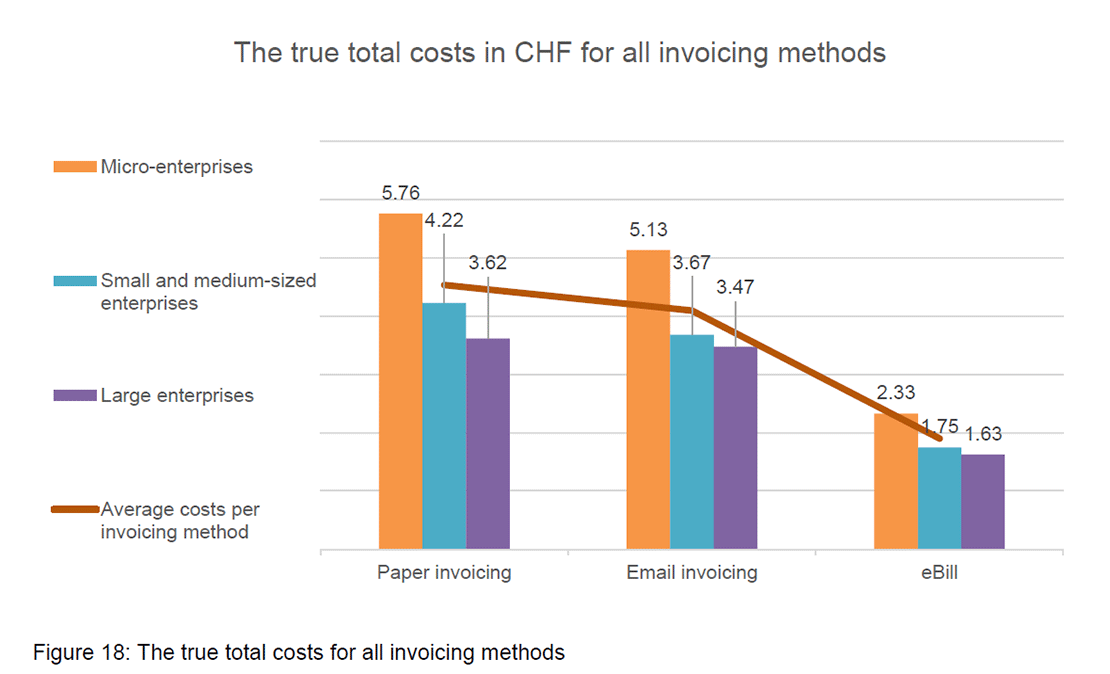The true cost of email invoicing and a comparison with alternative invoicing methods
It is often thought that email invoicing is free of charge. However, the reality is different.
Nowadays, many billing companies are changing from paper invoicing to email invoicing. The main argument for doing so is that email invoices are free of charge. Although sending email invoices seems not to generate direct costs for the biller, it has not yet been evaluated, whether there are indirect costs related to factors such as imprecise manual data entry in digital banking. Our research has the aim to identify the true costs of an email invoice and to compare these with the costs for paper invoicing and eBill.
The authors conducted desk research and primary research. For the desk research, literature on invoicing methods and reports from reliable sources provided in-depth knowledge about the topic. Additionally, this learning enabled the authors to compare scientific information with the outcomes of the primary research.
The primary research consisted of a survey and interviews conducted by the authors. The outcome is used to conduct the quantitative and qualitative analysis and to insert it into the calculation model.
The study confirms that email invoicing is not free of charge. Furthermore, eBill is the most efficient and effective invoicing method. Companies should offer paper invoicing and eBill as invoicing methods, rather than combining paper invoicing with email invoicing, due to the cost-savings and the customers preferences.
Authors: Thierry Klinkert, Taulant Gashnjani
Social Media School of Business FHNW
No social media links available.

